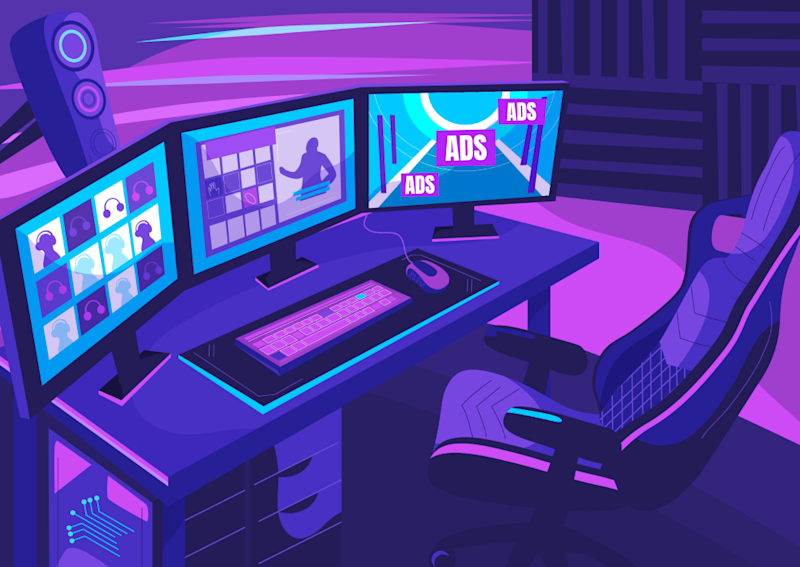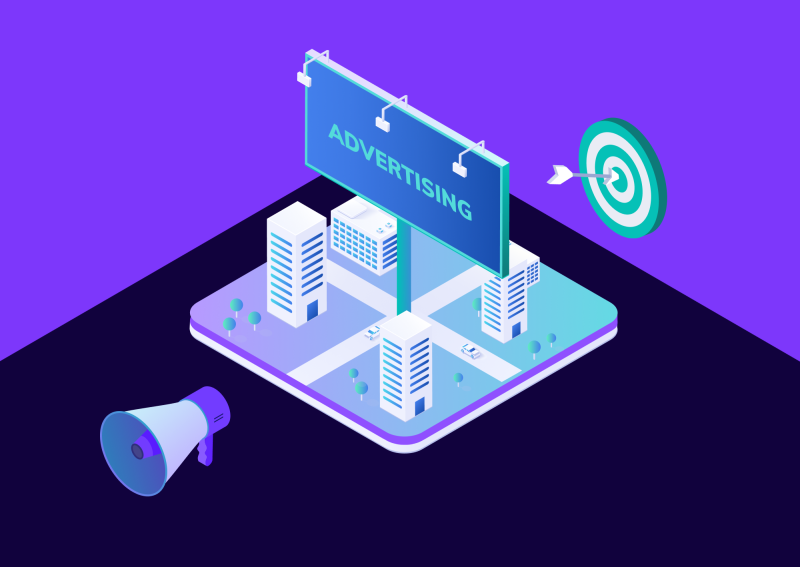Loyalty is a rare and valuable thing, and brands that can foster loyalty with their customers are setting themselves up for success. But to Fred Reichheld, the New York Times bestselling author of The Loyalty Effect, “Loyalty is dead.”
“On average U.S. corporations now lose half their customers in five years, half their employees in four, and half their investors in less than one. We seem to face a future in which the only business relationships will be opportunistic transactions between virtual strangers.”
While this might be a bit pessimistic, fostering loyalty today is a steep hill to climb. We live in a time of waning consumer confidence and, with costs rising, many brands will see the bonds with their most loyal customers put to the test.
More than ever, it makes sense to invest in a loyalty program to build strong relationships with your customers and to let them know that they’re valued. But exactly how should you go about building one?
In this article, we’re going to outline the benefits of building a loyalty program, explore the various types that you can choose from, and provide a few tips and tricks to set you on the right path.
So, let’s dive in.
How A Strong Loyalty Program Can Benefit Your Business
It really should be instantly obvious how loyalty can chiefly benefit your business — loyal customers keep coming back!
Even if rival brands offer them juicy deals and discounts, loyalty is what stops them from jumping ship. Even if they have a bad experience, loyalty is what makes them forgive and forget, when logic is telling them to shop around. Loyalty is telling them to stay true to your brand. This is why loyalty is so important.
But there are some other vital ways that loyalty can benefit your brand that might not be so obvious at first glance.
Referrals and Word-of-Mouth Marketing
Loyal customers will generally also be advocates of your brand. By building a strong emotional connection with consumers and fostering loyalty, you’re also creating opportunities to win new customers.
Word-of-mouth marketing is the most trusted form of brand promotion, so those customers that tell their family, friends, and colleagues about your brand are helping you acquire new leads and generate more revenue. Whatsmore, “customers referred by loyalty members have a 26% higher retention rate.”
User-Generated Content and Promotion
Loyal customers won’t just tell their friends and families about your brand — if you incentivize them to do so with your loyalty program, they can also be relied upon to leave glowing reviews online or create other pieces of user-generated content on social media showering your brand with praise.
Cost Efficiency
Customer acquisition costs are rising, but the cost of retaining happy customers isn’t. Ultimately, those brands that are content with seeing customers churn and paying to acquire new ones are throwing money away.
The cost of acquiring a new customer is 5 - 25 times more expensive than the cost of retaining one.
What Type of Loyalty Program Is Right For Your Brand?
Loyalty Cards
Perhaps the most well-known type of loyalty program is the humble loyalty card. Virtually any brand can set up this type of program because, in its most basic form, it simply requires the printing of a stack of cards that can then be used to keep track of customers’ purchases.
For example, a coffee shop might give customers a stamp every time they visit and on their tenth purchase offer them a free cup of coffee. It’s a simple yet elegant way to foster loyalty and, since the payout comes at the end, there’s virtually no risk involved for businesses.
Just make sure to keep the stamp you use under lock and key.
A Points System
Another popular way of fostering customer loyalty is through a points system. This is similar in essence to a loyalty card, in that it allows your customers to accrue a reward for repeated purchases over time — the main difference here is that a points system offers greater flexibility in how they redeem that reward.
Points systems work best for products and services where consumers can make repeat purchases on a frequent basis, such as a grocery store where customers may visit more than once per week. This way, they are able to regularly accrue points and are reminded at each visit that their purchases are working towards a reward.
Exclusive Discounts
Offering your most loyal customers exclusive discounts is an effective way of fostering and preserving loyalty. There are numerous ways that you can do this — you might create a paid membership that then unlocks lower prices across your entire product range, while online stores could identify those customer accounts that make regular purchases and offer exclusive discounts.
Partnerships
If you can, incorporating the products or services of another brand is a great way of rewarding those in your loyalty program. Choosing the right partner is important here — rather than offering a random freebie or discount from a completely unrelated business, try to partner up with brands that aren’t competitors but offer services that might complement your own.
For example, a hotel brand would benefit from partnering with a taxi service company.
Referral Programs
A referral program can encourage both loyalty and advocacy. Offering your customers discounts or deals when they bring new customers to your brand gives them a great incentive to promote your offering within their personal network. And as previously mentioned, their recommendations will likely result in more valuable new customers with higher retention rates.
5 Tips For Building A Successful Customer Loyalty Program
1. Use Emotions to Deepen Your Program’s Meaning
Loyalty programs obviously serve a commercial function but, as demonstrated by the opening Fred Reichheld quote, they are based upon deeper human connections — when consumers are loyal to a particular brand, it’s probably because they’ve developed an emotional connection.
So, use your loyalty program to help deepen that bond.
Of course, the program’s main role will always be to keep your most loyal customers happy or to encourage them to keep spending, but don’t be afraid to make it feel like an exclusive club, a community, or even a family — try to think about your product and what it represents.
What are you empowering your customers to do now they’re part of your loyalty program? For a fitness club, this might mean achieving goals or living a healthier lifestyle, for an airline it might mean celebrating the freedom to travel and the resulting memories or connections made.
2. Reward Customers For More Than Just Purchases
It’s perhaps too easy to think of loyalty merely as a measure of the customers who spend the most with your brand — but this isn’t the only way they can engage.
Imagine a customer that makes relatively fewer purchases than average, but tells all their friends and family members about your brand, engages with (and shares) your content on social media, and subscribes to your email newsletter. Are these interactions not valuable to your brand?
Finding a way to reward these types of customers helps drive engagement and though it might not affect it directly, this will eventually impact your bottom line.
3. Reward Customers in Multiple Ways
Just as there are different behaviors to reward, there’s also more than one way to reward those you classify as loyal customers.
Offering points or discounts is the most common way but you could also offer exclusive features that are off-limits for regular customers, early access to sales, or work with partners to provide services from other brands that can improve their experience with yours.
4. Find The Right Balance For The Value Of Loyalty Points
British vacuum-cleaner manufacturer, Hoover, represents a classic cautionary tale for any brand that wants to offer incentives to boost sales. Their offer of a free transatlantic return flight with purchases of more than £100 was so heavily weighted in the customer’s favor that it ended up costing the company more than £70 million.
So first things first, make sure your points system is sustainable and ensure that there are no exploits or loopholes that crafty customers could exploit to get more than you’d planned.
But having said that, you should also make sure that you offer enough points so that the rewards customers accrue feel obtainable and valuable. Plenty of brands offer loyalty point schemes and if yours is not balanced right, you might discourage potential customers into giving it a miss.
5. Promote Your Program to Encourage Loyalty
On top of rewarding loyalty, a good loyalty program should also inspire it in those who might not currently shop with your business frequently or consistently. So it’s vital that you make sure that your loyalty program is visible to everyone and not just those who go in search of it.
The best approach is to actively promote your loyalty program in a range of different ways to make sure you’re able to reach all your customers who could potentially be members. If you have brick-and-mortar retail locations, then make sure there’s an opportunity for consumers to find out about your program at the checkout, inform your newsletter subscribers about it on a regular basis, and make sure it’s visible from your homepage.
If your loyalty program is good enough, not just fans of your brand will sign up — but also customers looking to gain access to exclusive offers, deals, or discounts. However, once signed up, you can foster a closer relationship that should increase your chances of forming a longer, stronger bond.
Final Thoughts
As you can see, a loyalty program doesn’t need to be a blunt instrument, but one that you can finely tune to fit the preferences of your customers and the type of relationship that you want to foster.
There are long-term benefits to building loyalty — ones that could pay dividends years after you establish your program. So, try to look beyond the initial income it might generate and focus on building authentic bonds with customers who’ve already demonstrated a penchant for your brand.







